Active Science Experiments Posts


How To: Turn a penny into gold with common chemicals
This science experiment will show you how to turn a penny into gold with common chemicals. This video tutorial will demonstrate turning the copper penny into a silver penny and into a gold cent. All you need to make gold pennies is sodium hydroxide (also known as lye), zinc powder, a small glass beaker with some distilled water in it, a clean copper penny, a couple of measuring spoons, and a glass stirring rod.

How To: Make a battery at home out of table salt and aluminum
For this tutorial, you will need some water, table salt, a few square feet of aluminum foil, a needle, some steel wool, a pair of wired alligator clips, a thick paper towel and a voltmeter to test out your new battery.
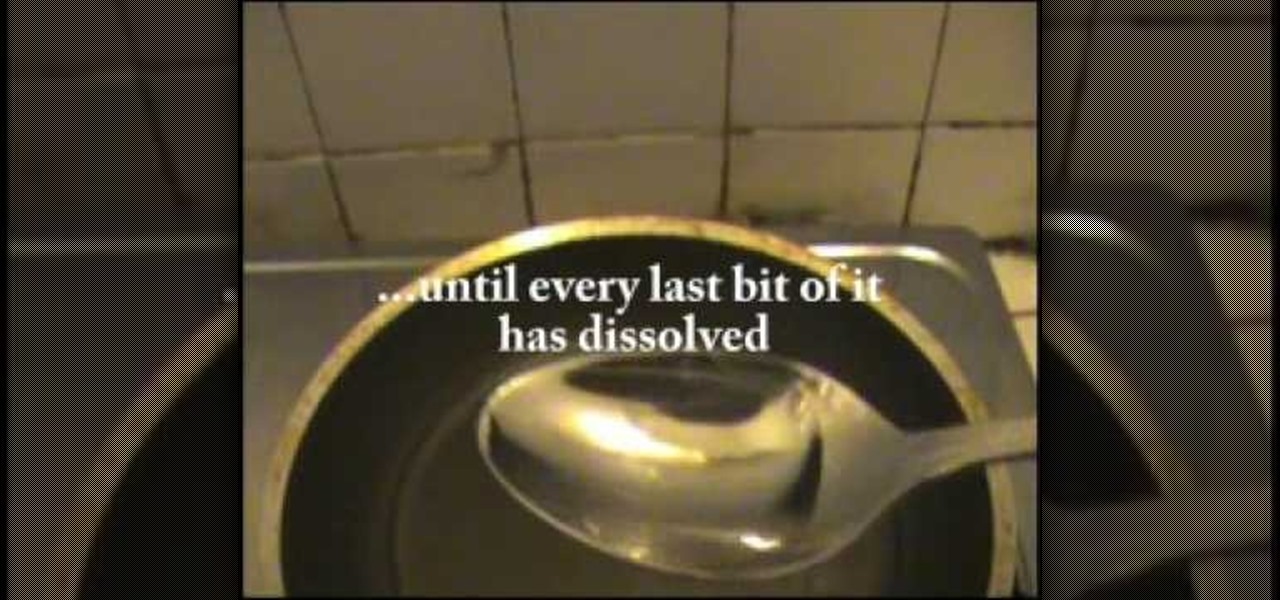
How To: Make "hot ice"
In this video tutorial, viewers learn how to make "hot ice". Users will need sodium acetate. Begin by putting the sodium acetate into a pan. Add a small amount water to the sodium acetate. Heat the mixture on a stove until the sodium acetate has dissolved. Pour the solution into a container. Do not pour in any undissolved crystals. Put the container into the freezer or refrigerator for a while. When the solution cools down to room temperature, take it out. Touch the sodium acetate and it will...
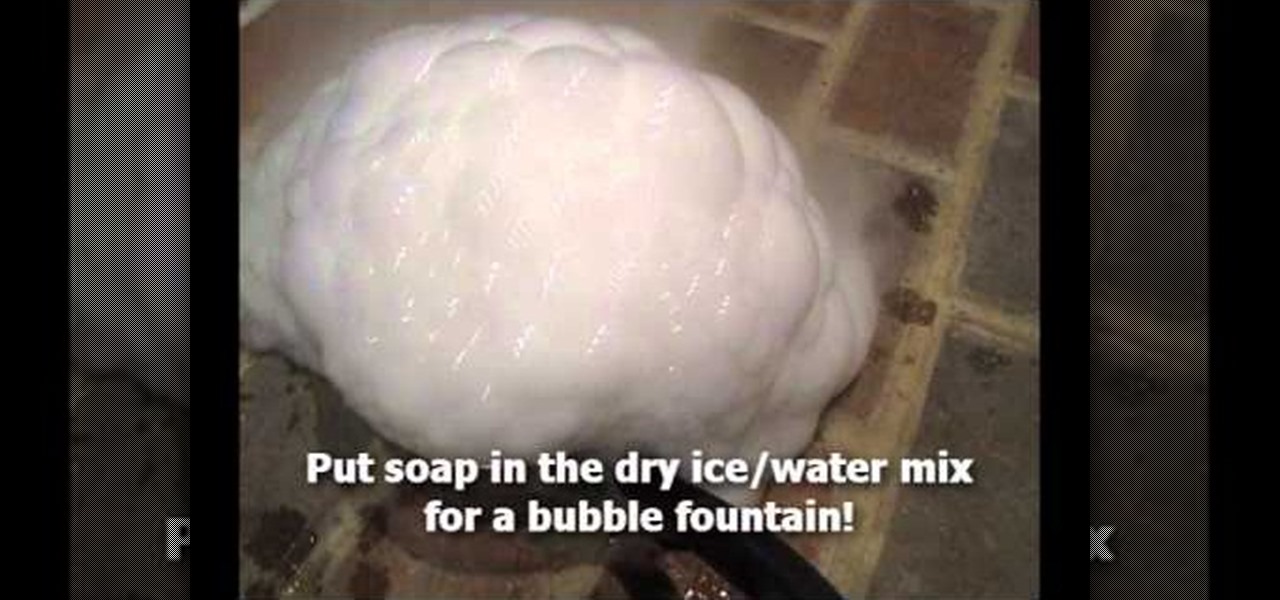
How To: Create fun fog tricks with dry ice
Ahh, it's a real pea souper! Well, it could be if you get your hands on some dry ice and check out these home science experiments. You can make some fun fog tricks if watch this how-to and follow along.

How To: Turn an ordinary egg into a silver egg
Can't turn silver into gold? Don't worry, at least you can turn an ordinary ivory egg into silver. That's better than nothing, right?
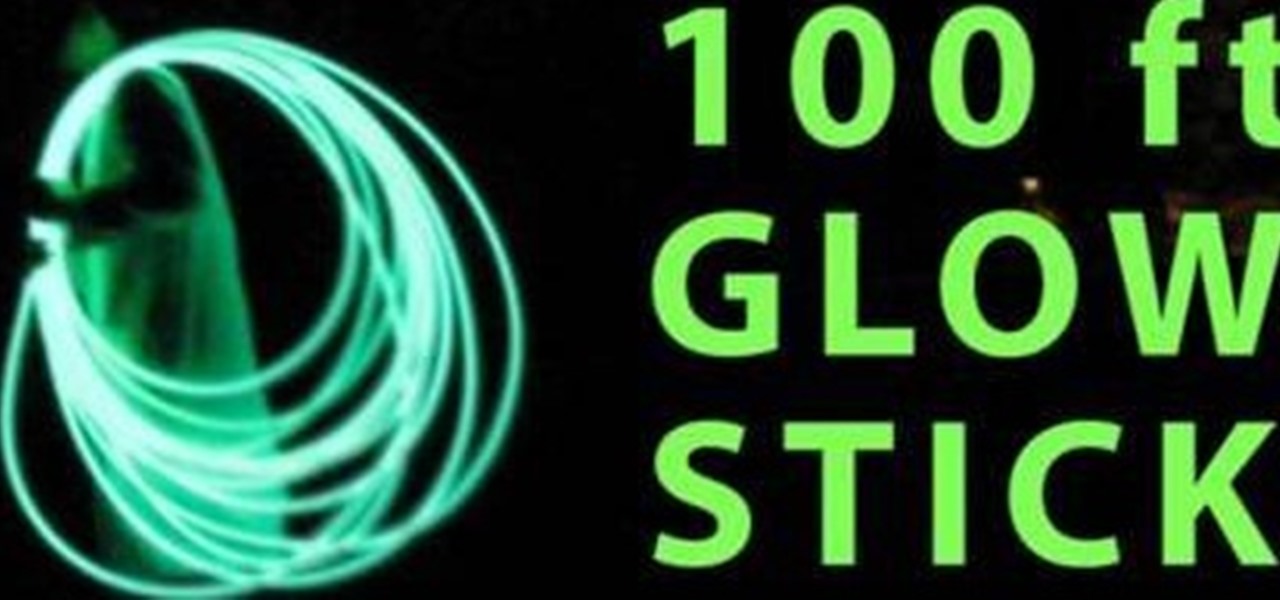
How To: Make a 100 foot glow stick with Dr. Lithium
Watch this science video tutorial from Nurd Rage on how to make a 100 foot glow stick with Dr. Lithium.

How To: Make thunder in a test tube with ethanol & acetone
C For Chemistry delves into the chemistry of science experiments. This chemist knows what he's talking about. These chemistry experiments are not only fun, but very educational for all of those interested in scientific chemical reactions and properties.

How To: Make a jam jar pulse jet engine
Learn how to use household items to make a pulse jet engine that really works out of a jam jar. Pay attention to safety because the jam jar may explode when you make your pulse jet engine.

News: Magnetic Powder Turns Silly Putty into Freakish Magnet-Hungry Blob
It's best known as a children's toy, but kids aren't the only ones who can appreciate the unique and marvelous properties of Silly Putty. It's an incredibly fun silicone polymer that almost seems like a scientific anomaly, thanks to its viscoelastic non-Newtonian flow. This amazing dilatant fluid can be stretched, torn and mashed back together, as well as bounce and shatter into pieces with a forceful blow.

How To: Make lightning with a spoon and a balloon
In this video, we learn how to make lightning with a spoon and a balloon. First, you will need to gather a spoon and a balloon. Once you have these, blow up the balloon then tie it on the end so it's sealed. After this, rub the balloon on your hair and then slowly move the spoon towards the balloon. Turn the lights out and watch what happens. You will see sparks of electricity start to appear between the balloon and the spoon! This is great to do with children or as a quick experiment to show...
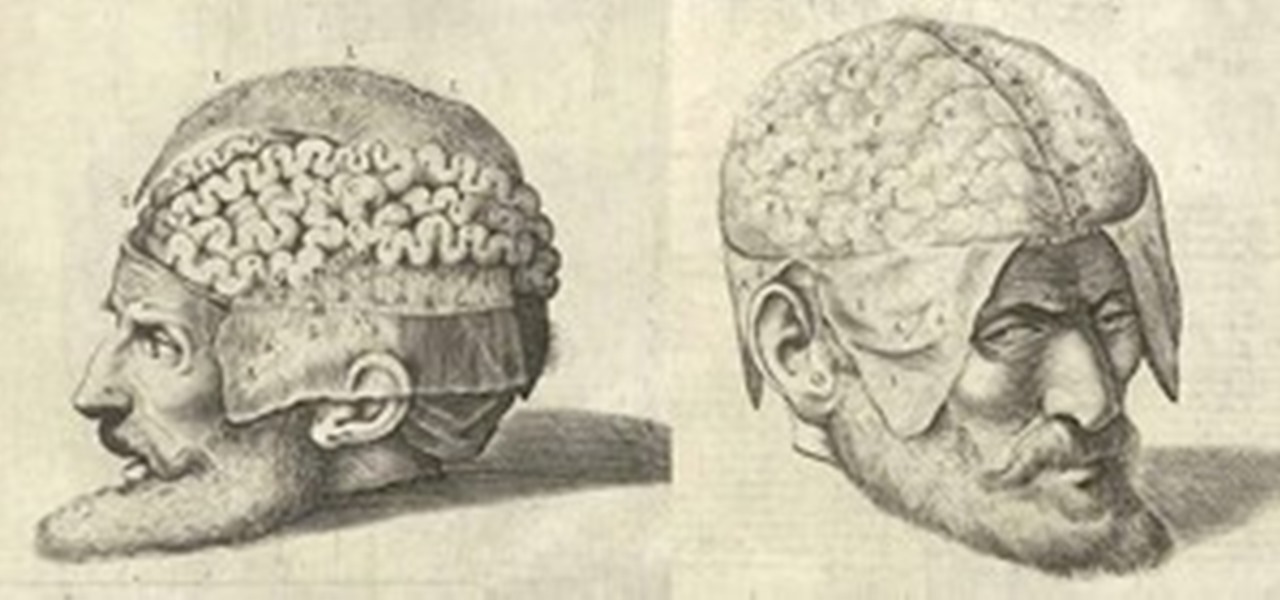
News: Dissecting a Human Head Through Anatomical Illustrations
Human anatomy is something every physician must undergo as a medical student. Some move on to become great doctors, some move on to become great artists, helping to better educate students and improve upon many illustrated representations of the human body since the days of medieval medicine. But thankfully, you don't have to be in the medical profession to enjoy the beautiful art of the human body created for teaching purposes.

Neuro-Fashion: Wiggling Cat Ears with Brainwaves
While most people go to great lengths to conceal their emotions, Japanese company Neurowear is offering a product that would reveal states of tension, excitement and relaxation—all by the up-and-down motion of a pair of cartoony cat ears. Necomimi is a "new communication tool that augments human’s body and ability." The device reads your brain waves and communicates your emotions before you even open your mouth:
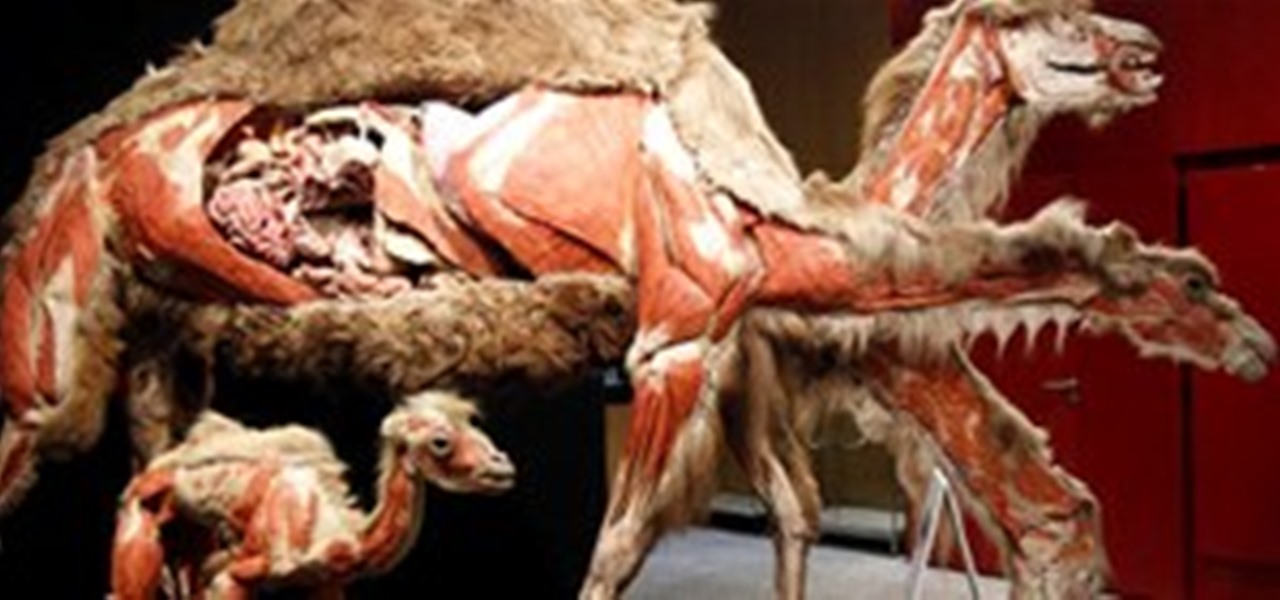
DIY Plastination: Turning Dead Animals Into Science-Jerky
If you found the world renown Body Worlds exhibition gnarly and perverse, perhaps you'll find this latest parade of plastination a little less so—considering we don't share the same DNA as these specimens of jerky-in-the-name-of-science. The Koerperwelten der Tiere—or Animal Body Worlds–doesn't showcase preserved corporal matter, but rather 20 odd plastinated mammals, currently on display at the Cologne Zoo in Cologne, Germany.
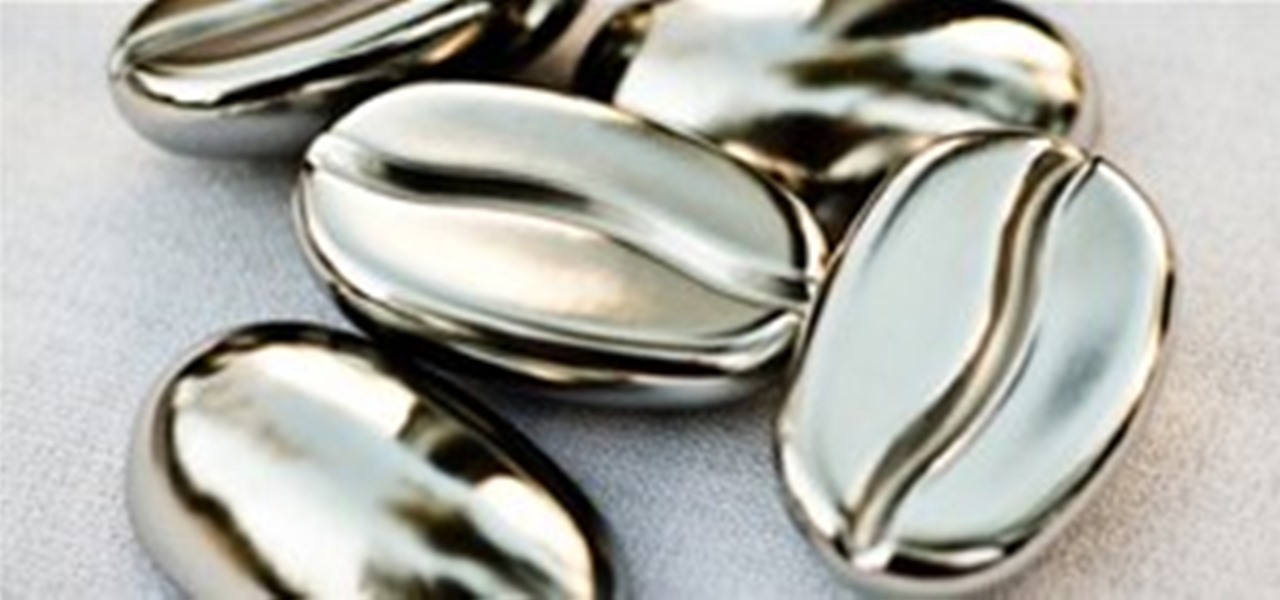
Invention of the Day: Magical Beans Keep Your Coffee Warm for Hours
These magical beans can keep your coffee hot for hours. Not blazing hot, burn your tongue on the first sip, and not disappointingly lukewarm, but coffee fit for every baby bear—just right. Genius.

Printable Tactile Astronomy: How to "See" Outer Space if You're Blind
Have you ever felt the desire to reach out and touch a galaxy? Or "feel" those stunning nebulas and planets you see in Hubble photos? As alluring as it sounds, it's safe to say the odds of your whim coming true are nonexistent. You'd have to travel about 6 earth years and spend millions of dollars building your own personal spacecraft to get close enough to actually wave your hand through one of Saturn's rings. But in an attempt to help the blind "see" what they're missing, some semblance of ...

News: Scientists Grow World's First DIY Eyeball
DIY is a far-reaching term—though culturally it tends to refer to hacks, mods, crafts and constructions, its meaning can also extend to the ongoing trials and tribulations of the evolution of mankind: astonishing developments in technology, desperate acts of self-preservation or as in today's topic, discoveries in science that truly move the needle.
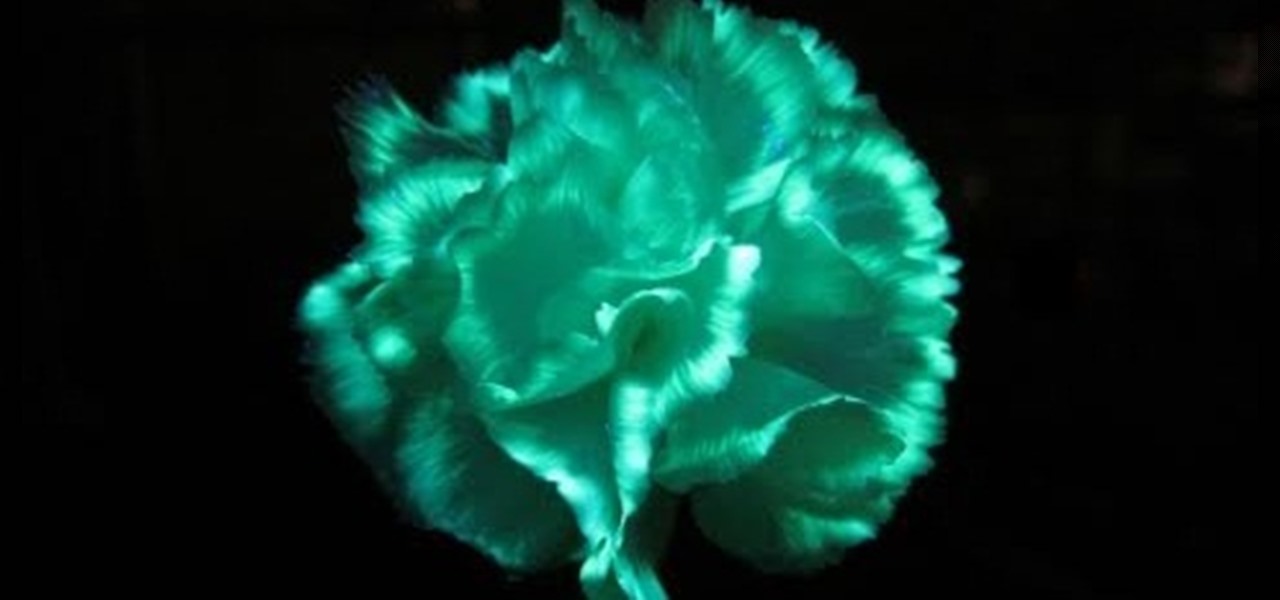
How To: Make flowers glow in the dark with a fluorescent highlighter
Are you looking for some fun party decorations, or a neat gift idea? You can make beautiful glow in the dark flowers, using nothing more than a standard fluorescent highlighter and ultra violet light. After you watch this video, you will be able to amaze your friends by making flowers glow in the dark!
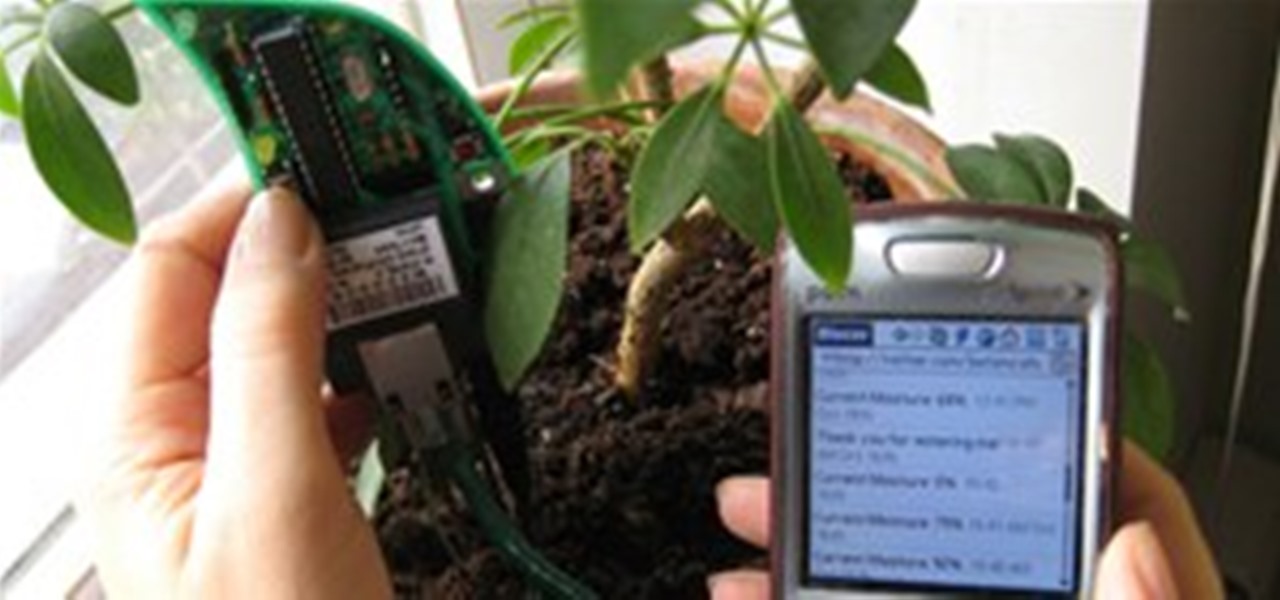
News: Thirsty Plants Text for Water
Can't remember when to water the plants? Wish they could just tell you when they need watering—just call you on the phone or something? Or maybe text you, "Help I'm desiccating!" Telecommunications researcher Kate Harman has come up with the device of an absent-minded plant owner's dreams—Botanicalls. It hooks up to your plant and sends you a short text message when the plant is too dry. Each kit costs $99 and includes metal sensors connected to a microcontroller. Insert the sensors into the ...

How To: Make a bouncing translucent egg
Check out this video to see how to x-ray an egg and make it bounce. This is a cool science experiment that can be done with simple kitchen ingredients. Just get one raw egg and soak it with a cup of vinegar. Let it sit and soak for a couple days and it will feel like rubber. The egg shell will no longer be white, and it will bounce just like a ball, however... it is not a ball so it will break! This is one cool translucent bouncing egg.
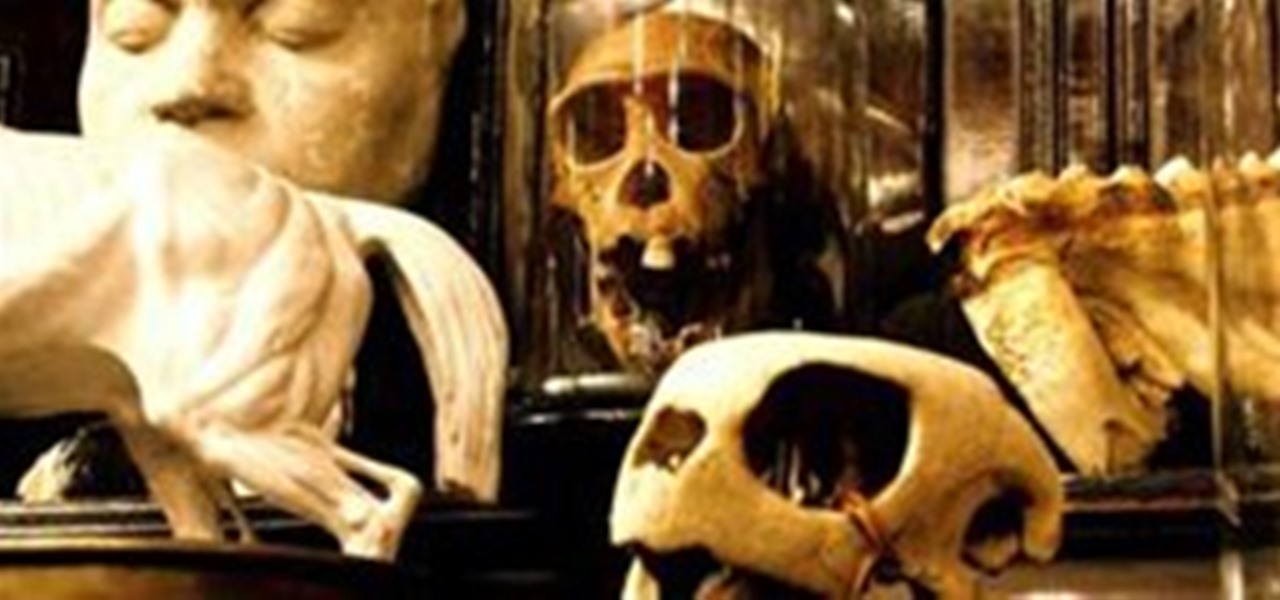
DIY Anthropology: International Obscura Day this Saturday. Go Wild.
Calling all curious minds—scientists, anthropologists, relentless tourists: Saturday, April 9th, is International Obscura Day, the day to "explore hidden treasures in your hometown," or so says Atlas Obscura, a website dedicated to public curiosities and esoterica. If you're the kind of person who appreciates public oddities every day of the year, tomorrow is icing on the cake. Celebrate Obscura Day in one of hundreds of locales—from Los Angeles to Sydney, from Berlin to Manila.
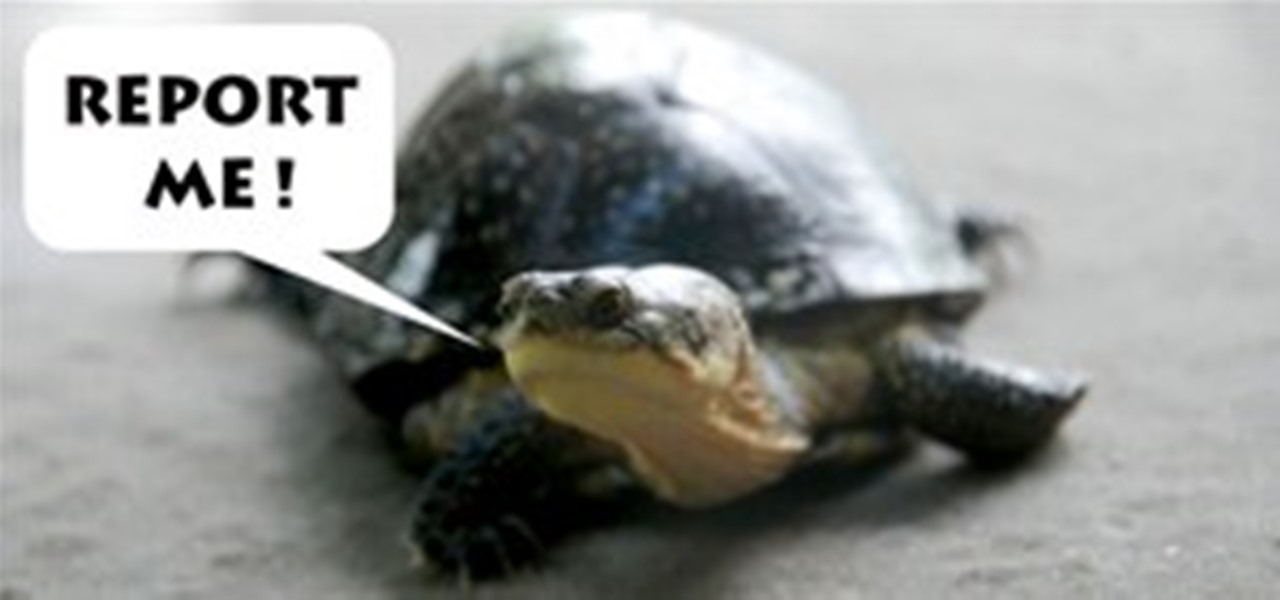
News: Do Real Science. No Degree Required.
What's the next best thing to being an official scientist? Being a non-official one. A new website called Science for Citizens helps you find the science experiment of your dreams, hook up with the scientists involved, and actually take part in the experiment itself. Here are some examples of what you can do:
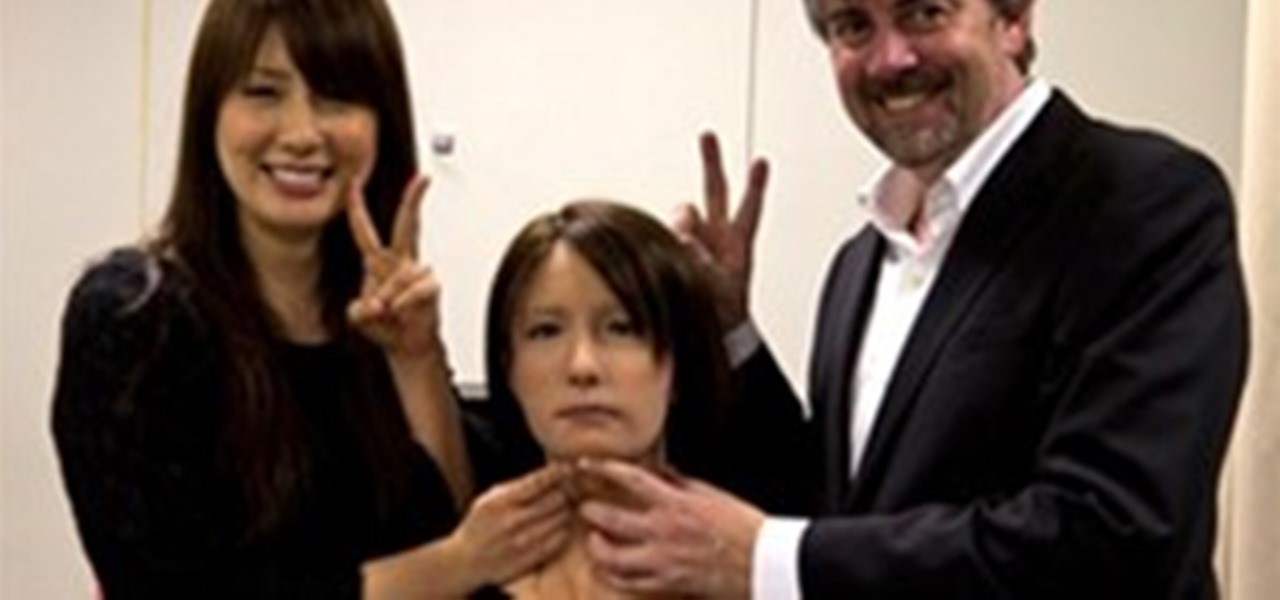
News: Legion of Creepy Geminoids Hang Out Face-to-Face with Their Human Dopplegangers
What would it be like to have a super-realistic humanoid modeled after you...and then come face-to-face with the moving, life-like version of yourself... Creepy? To say the least.
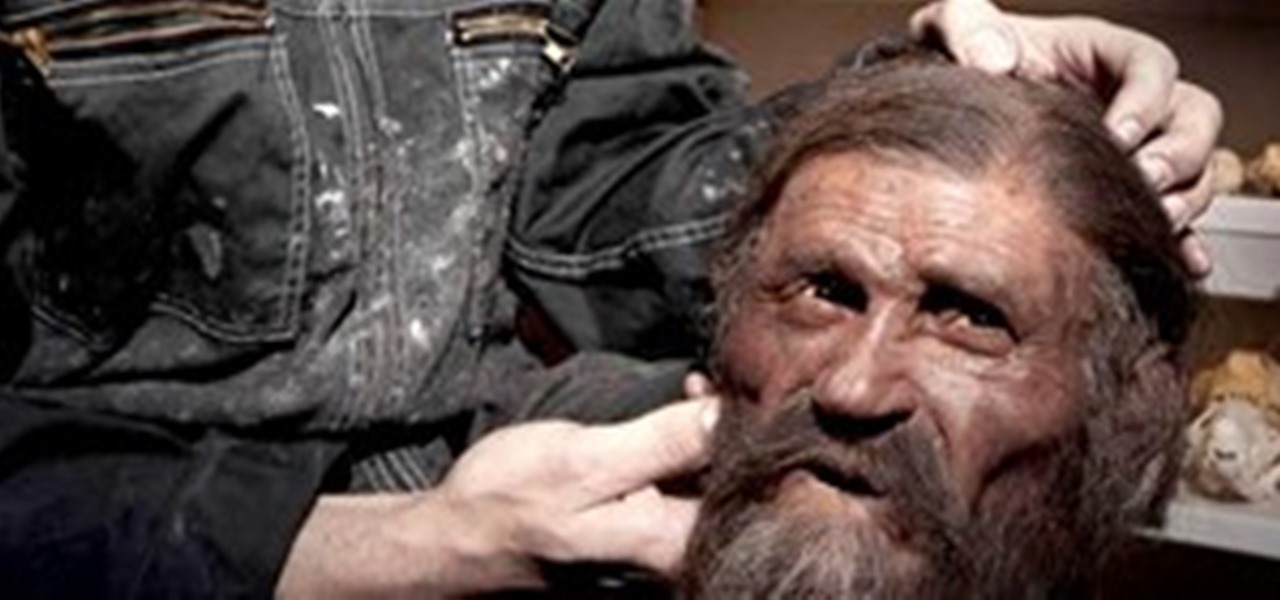
News: Creepy Facial Reconstruction of Iceman Mummy
It's tough to figure out what a mummy would have looked like when he was alive; soft tissue of a human body decays, even in ice. But, Dutch brothers Adrie and Alfons Kennis took the challenge. Using techniques that belong to both science and art, they managed to reconstruct the face and body of Otzi the Iceman, a mummy who was found in the Italian Alps in 1991.

News: Don't Miss Tonight's Super Perigee Full Moon!
Some of you have already seen the superbness of tonight's "super moon", but for those of you in the western half of the United States, there's still time to ready your cameras and enjoy March 19th's super full moon. It's the biggest full moon in almost 20 years, the last one appearing in March of 1993.
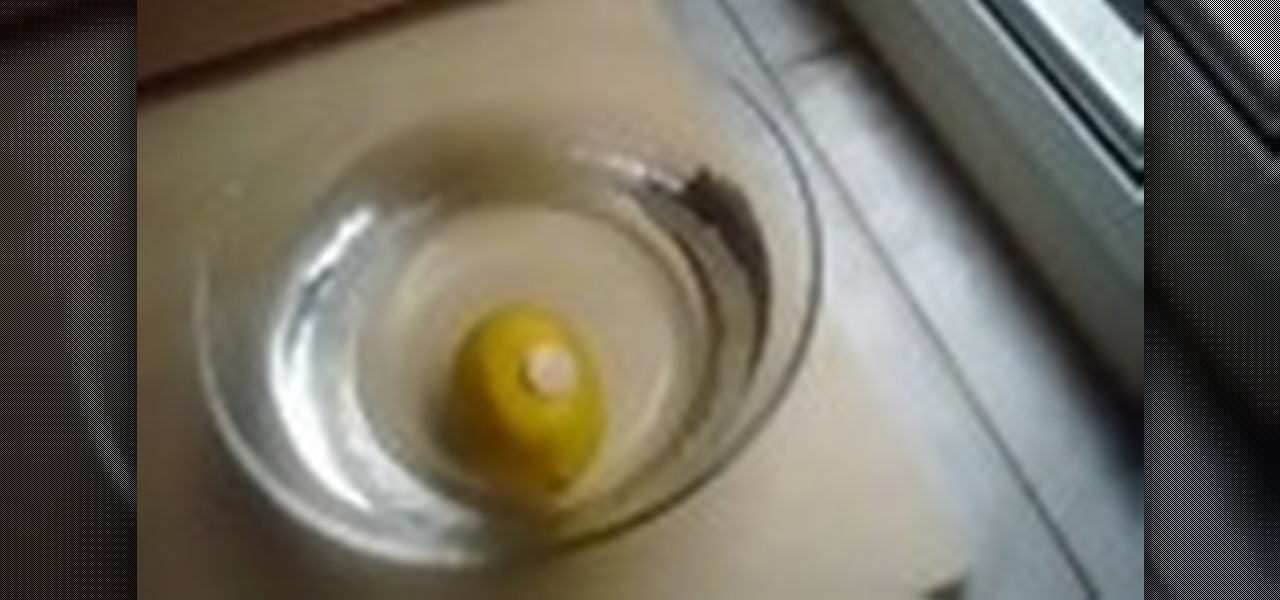
How To: Do a gravity experiment with a lemon and penny
Do you think it's easy to place a coin on top of a lemon that is floating in a glass of water? If you said yes, you're probably right.
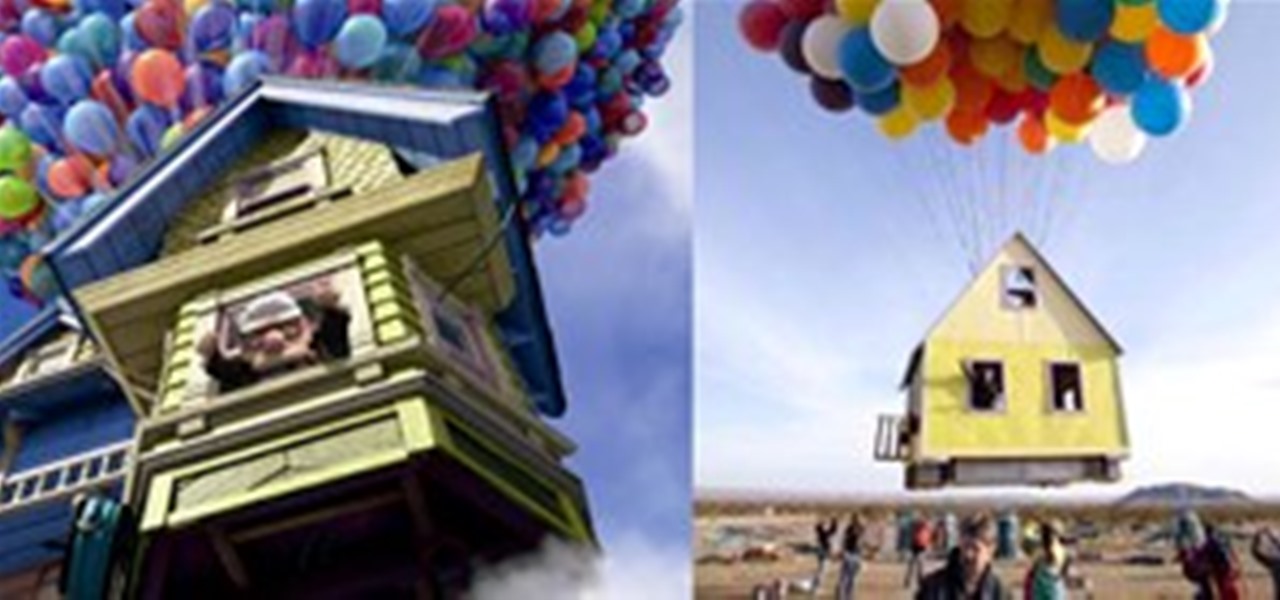
DIY of The Decade: Pixar's UP House Comes to Life
Truly spectacular and one the most breathtaking DIY endeavors to grace the front page of WonderHowTo, a recreation of Pixar's UP house was launched to an altitude of 10,000 feet in a private airfield near Los Angeles this past week. The project was executed by a team of engineers, scientists and veteran balloon pilots—(meaning, please, Do Not Try This at Home).

How To: Play Music With Your Mind
Tired of getting calluses from incessantly strumming along to 'No Woman No Cry'? Just hook up to the brain-music system and use your brain power to play a tune instead. I'm not talking—humming along in your head. The machine, created by composer and computer-music specialist Eduardo Miranda of the University of Plymouth, UK, is composed of electrodes taped directly onto your skull that pick up tiny electrical impulses from neurons in your brain and translates them into musical rhythms on a co...

How To: How Much Would It Cost to Discover Every Animal on Earth?
Are you prone to crusades of the overambitious? Well, here's one for you: try to find and identify every animal on earth. You may think scientists have a handle on this, having pinned down 1.4 million animal species so far, but there are millions more are out there, waiting to be found. Brazilian scientists have put the cost of finding the rest at a decisive $263 billion.
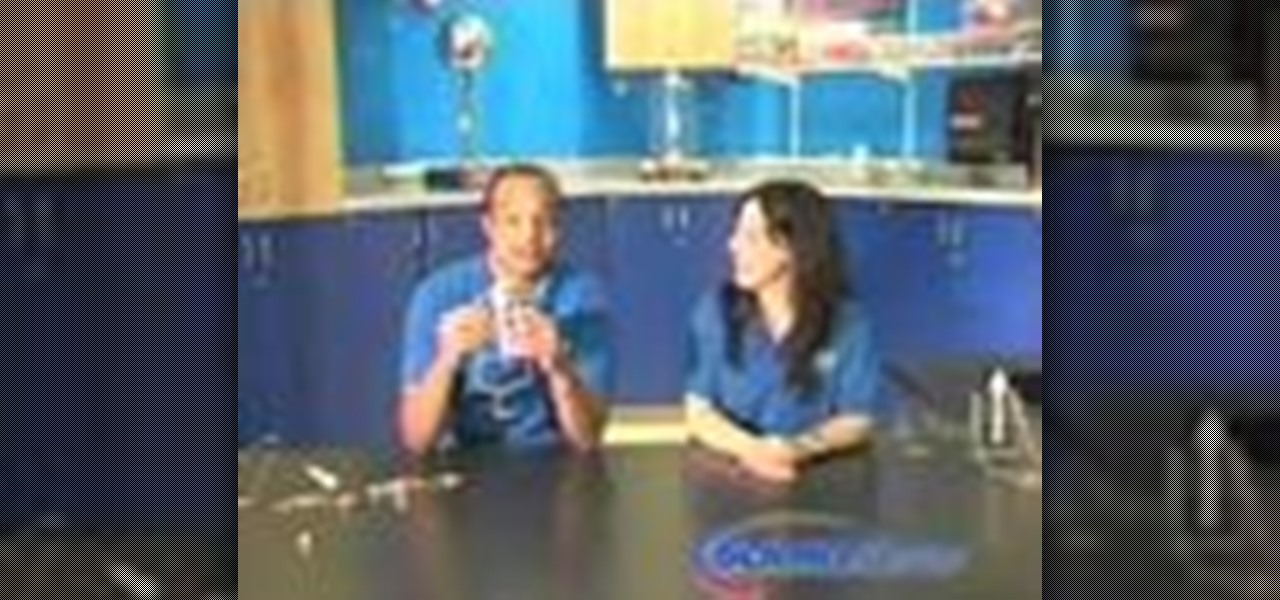
How To: Build a catapult out of rubber bands & a wire hanger
In this tutorial, we learn how to build a catapult out of rubber bands & a wire hanger. To do this, you will first need: one wire hanger, plastic spoon, rubber bands, small marshmallows, and measuring tape. Now, hold your hand in the center of the hanger and pull up both sides around it. After this, fold back the front for balance and straighten it up so it's stable. Next, you will take one rubber band and put it around the sides. Then, take the spoon and put it in between the rubber band and...

News: Bullet-Proof Silk Sheets
Enjoy rolling around at night in the sleek luster of silk? Also afraid of a mobster finding out you're rolling around with his cousin's wife? Solution: bullet-proof silk sheets. All you need is the strongest biomaterial ever found--Darwin's bark spider silk. So, grab a loom and start weaving.

How To: Get Rid of All that Space Junk
How about a laser? One that is strong enough to nudge debris out of earth orbit. That's what NASA contractor James Mason wants to do, and his lab simulations suggest that the idea is possible. Mason wants to use a 5kW ground-based laser and a ground-based 1.5 meter telescope to spot potentially hazardous space waste and shove it off, by about 200 meters per day of lasering. It's kind-of like air traffic control for near earth orbit.
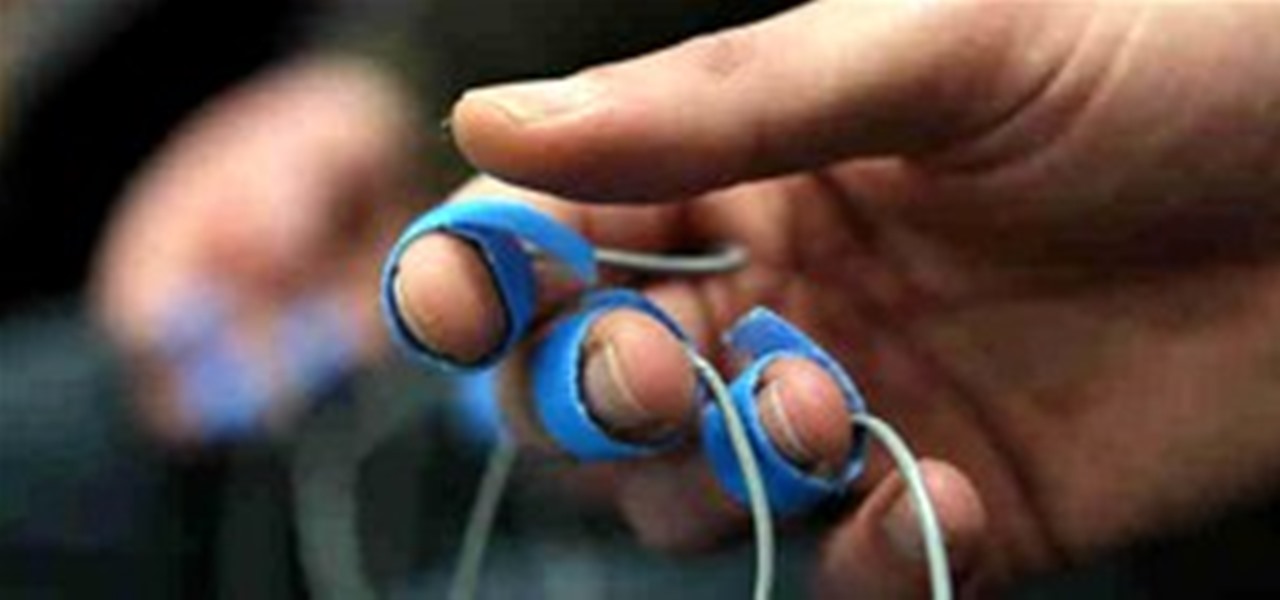
How To: Control a Movie Plot with Your Emotions
Not in the mood for a sappy ending? Well, strap in because "Emotional Response Cinema Technology" lets your own body physiology control the movie music, the special effects, and even the movie ending. A collaboration between BioControl Systems, Filmtrip, and the Sonic Arts Research Center at Queen's University Belfast, the technology was recently showcased at the SXSW film festival in Austin, TX, where the newly minted horror film Unsound interacted with the audience through wires connected t...
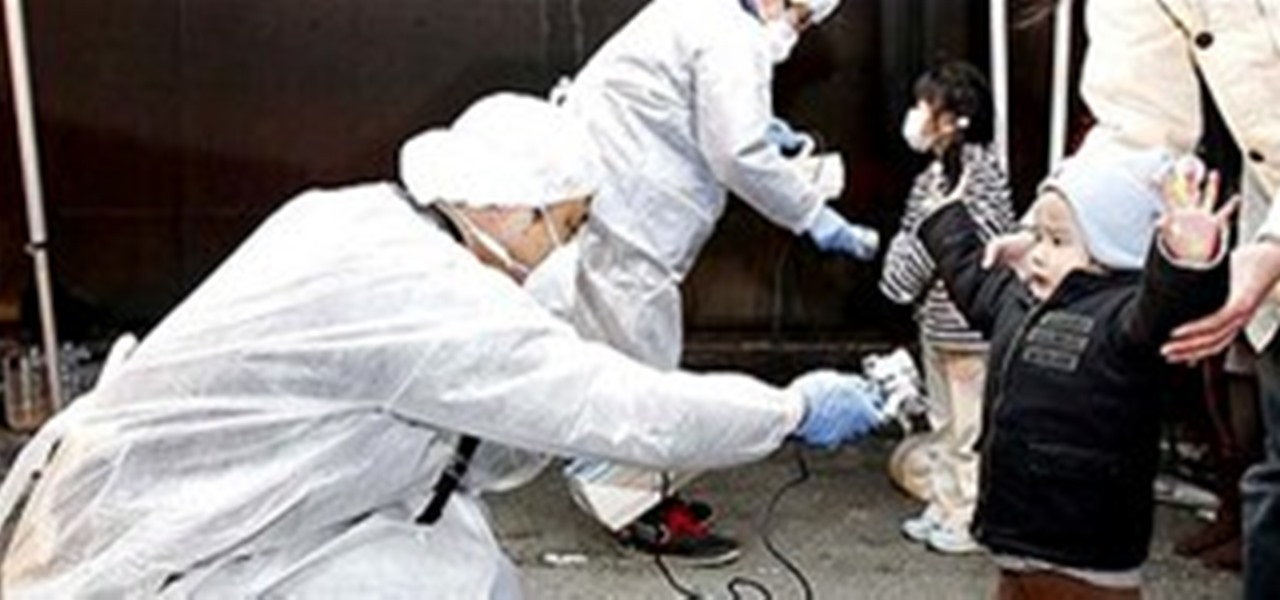
How To: Prevent Post-Earthquake Nuclear Meltdown in the US
After getting slammed with a crazy-big earthquake/tsunami, the Japanese nuclear plant Fukushima Daiichi might be on the brink of meltdown. Not as bad as Chernobyl, but maybe as bad as Three Mile Island. Nobody wishes such a disaster on anyone...anywhere in the world. In the US, there are about 100 nuclear facilities, about 8 of which are located near hot beds of seismic activity.
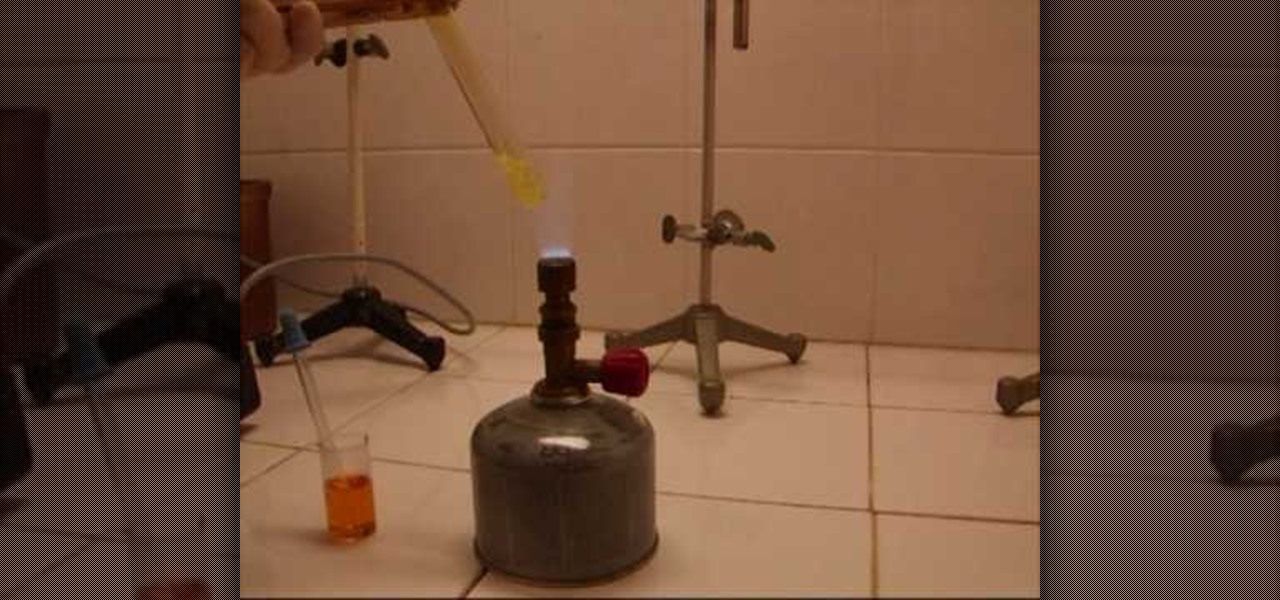
How To: Dissolve gold in aqua regia to make tetrachloroauric(III) acid (gold chloride)
Aqua regia (königswasser in German) is a very corrosive liquid made from a mixture of nitric acid and hydrochloric acid (1:2 - 1:3). This chemical mixture is so corrosive that it can even dissolve gold, and that's what you'll learn about in this video.

You Are What Your Mother Ate: Eat Well for Healthy Kids
I always thought you looked kinda like a pickle with peanut butter. Anyway, so the saying goes—you are what you eat—which is supposed to make you feel guilty when downing that triple cheeseburger with a side of donuts and frogs legs. Although, what's so wrong with being a cheeseburger?

News: Early Humans Use Each Others' Skulls As Drinking Cups
How far would you go to be resourceful? Early Britons used each others' skulls as drinking cups and bowls. Recently, researcher Silvia Bello found human skulls with the top cut off laying in Gough's Cave, England. Skillful cut marks make it look like fellow humans scraped off the dead skin to clean the bone, and chips around the rim of the skull cup make it look like the edges were evened out for a better drinking experience. Researchers have found other skull cups in France and Germany, but ...

News: Fluorescent Puppies You Can Turn On and Off
Always wanted a fluorescent dog but didn’t want to commit? Well, here’s your solution. Researchers at Seoul National University developed fluorescent puppies that only glow when you want them to. Just inject the special pups with doxycycline and they’ll glow like a black light poster for a few weeks. Then, they return to dull, furry normal.

News: Are You Typical? The Planet's Most Archetypal Face Composited
Does this man look vaguely familiar? A neighbor or former co-worker, perhaps? You might think you recognize him, but this individual is actually the face of 7 billion. Composited with endless photos taken from the world's massive population, he represents an analytically deduced median: a 28-year-old Han Chinese man. The Chinese Academy of Science in Beijing has drawn data for the past ten years to come up with this archetypal image, as well as the following stats:
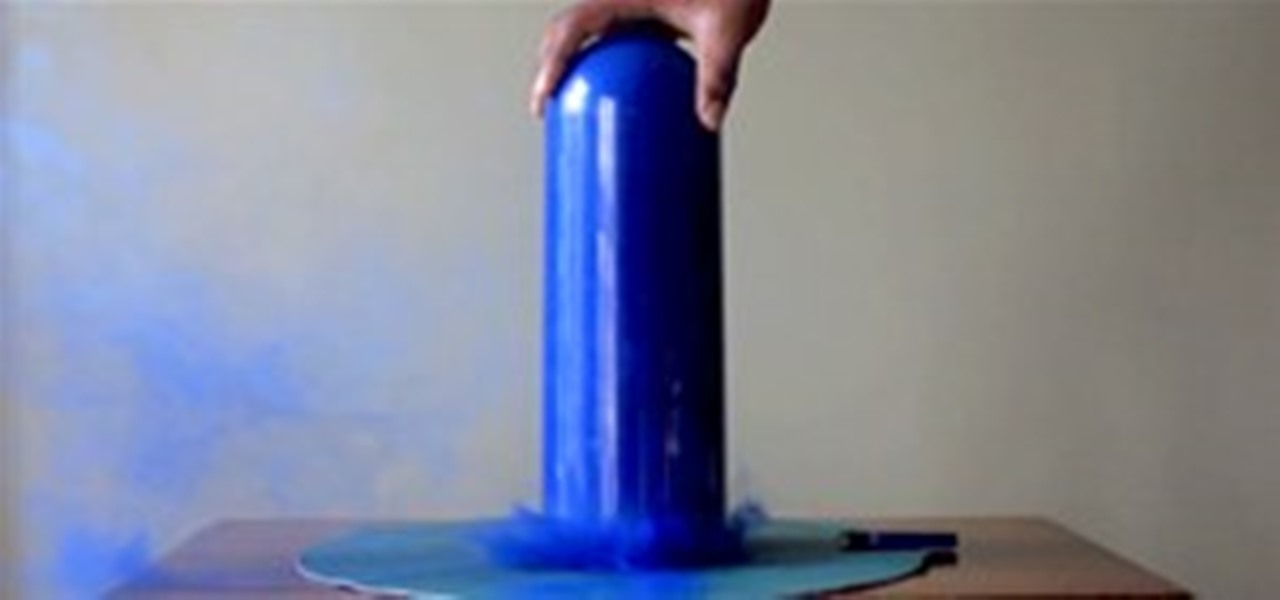
News: Science-Explosion-Art of the Day: The Beauty of the Smoke Bomb
Colored smoke bombs never get old. Add a glass laboratory bell jar and a simple rewind camera trick, and you have a beautiful "60 sec experiment with the color Indigo" by photographer and designer Paul Octavious. More explosive art:
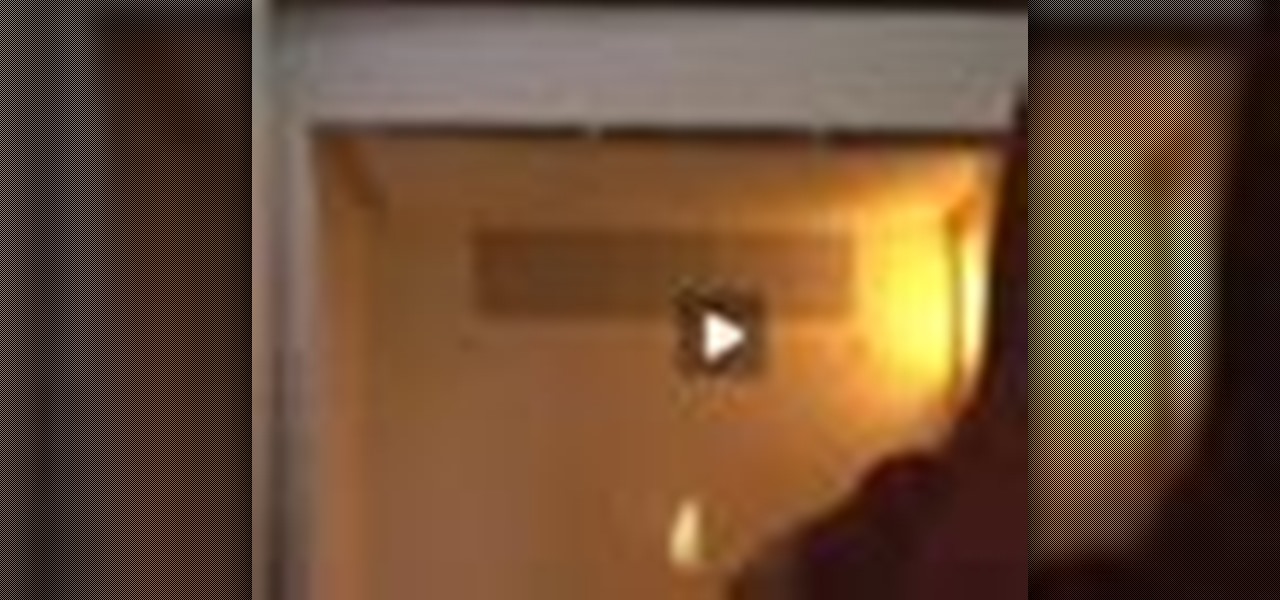
How To: Make plasma in your microwave with cork, fire & glass
Stick a lit match in a cork, cover it with glass and set it on styrofoam in the microwave. NO2 is produced immediately, so don't breath it in.







